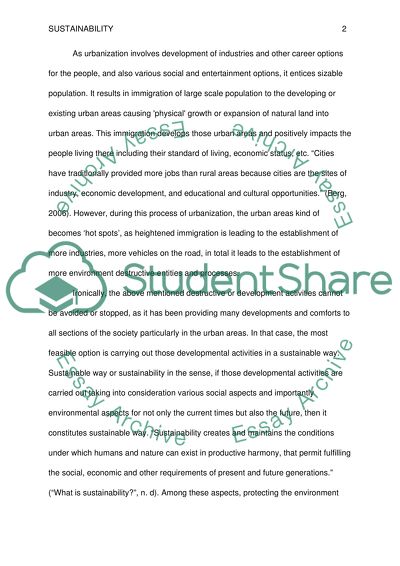Cite this document
(“Urban Un-sustainability Research Paper Example | Topics and Well Written Essays - 2250 words”, n.d.)
Retrieved from https://studentshare.org/environmental-studies/1396414-we-know-that-today-s-urban-regions-are-not
Retrieved from https://studentshare.org/environmental-studies/1396414-we-know-that-today-s-urban-regions-are-not
(Urban Un-Sustainability Research Paper Example | Topics and Well Written Essays - 2250 Words)
https://studentshare.org/environmental-studies/1396414-we-know-that-today-s-urban-regions-are-not.
https://studentshare.org/environmental-studies/1396414-we-know-that-today-s-urban-regions-are-not.
“Urban Un-Sustainability Research Paper Example | Topics and Well Written Essays - 2250 Words”, n.d. https://studentshare.org/environmental-studies/1396414-we-know-that-today-s-urban-regions-are-not.


